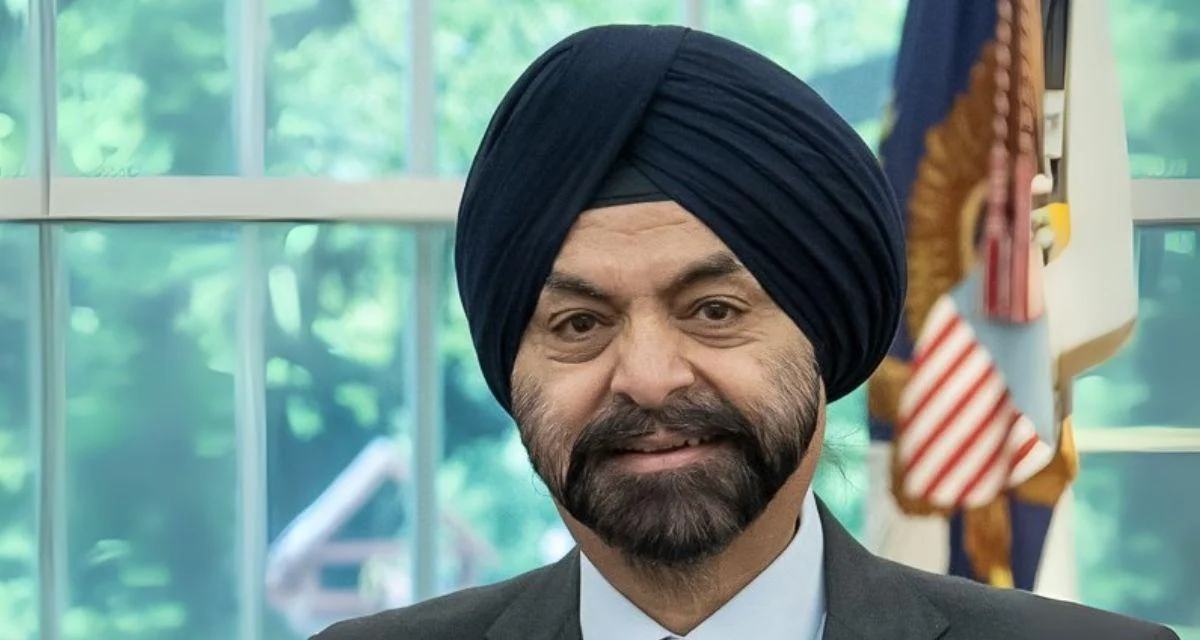Cities in India are expected to play a central role in the country's economic future, with projections indicating that they will generate over 70 percent of new jobs within the next five years. The urban population is also set to increase significantly, potentially reaching nearly one billion in the next 25 years. This rapid growth highlights the need for comprehensive planning to support both economic development and climate resilience.
Much of India's urban infrastructure remains to be built. By 2070, cities will need to construct more than 144 million new homes—more than double the current housing stock—as well as develop transportation systems and municipal services capable of supporting this expanding population. Early investments in climate-resilient design and infrastructure are seen as critical for reducing future damages and saving lives.
Flooding poses a major risk to Indian cities. With ongoing construction, over two-thirds of urban residents could face surface flooding risks, which may result in losses of $5 billion by 2030 and up to $30 billion by 2070. Experts recommend an integrated approach that includes identifying high-risk zones as no-build areas, improving drainage systems, promoting nature-based solutions, and installing flood warning systems. Examples from Brazil and Indian cities such as Kolkata and Chennai show movement toward these strategies through flood forecasting and improved stormwater management.
Extreme heat is another challenge facing urban centers. Major cities already experience nighttime temperatures three to five degrees Celsius higher than surrounding areas due to heat island effects. Expanding initiatives like Ahmedabad’s Heat Action Plan—by increasing tree cover, using cool roofing materials, and adjusting work hours for outdoor laborers—could help reduce heat-related deaths and protect productivity during hot months.
Urban housing remains vulnerable not only to floods but also extreme heat, cyclones, landslides, and earthquakes. Since more than half of the housing needed by 2070 has yet to be built, decisions on their location, design, construction, and maintenance will have long-term impacts on city resilience.
Transportation efficiency is also essential for city productivity; however, more than a quarter of urban roads are at risk from flooding. In some cases, flooding just 10–20 percent of roads can disrupt over half of a city's transport network. Mapping risks and investing in road maintenance are among the recommended measures.
Modernizing municipal services—including waste collection and energy conversion—can improve air quality and overall living standards.
The scale of these challenges means cities must build institutional capacity, foster collaboration across sectors, involve citizens, and encourage private sector participation for innovation and financing solutions.
The cost of developing climate-resilient urban infrastructure over the next three decades could reach $10.95 trillion but offers potential savings through reduced damages while supporting job creation and innovation.
"Kouame is the World Bank Country Director in India. Tiwari and Kikutake are World Bank Specialists and the main authors of the World Bank’s new report, Towards Resilient and Prosperous Cities in India."
"This Opinion piece first appeared in The Indian Express on September 8, 2025."

